

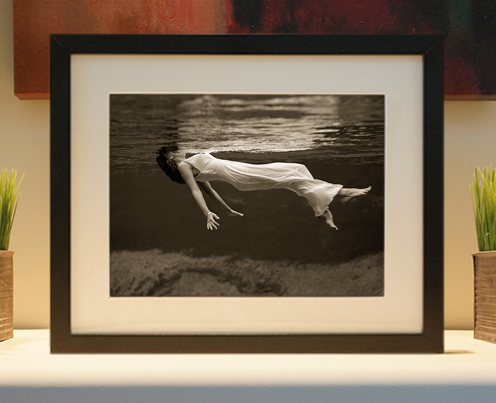
Framed or unframed, desk size to sofa size, printed by us in Arizona and Alabama since 2007. Explore now.
Shorpy is funded by you. Patreon contributors get an ad-free experience.
Learn more.

- Baldwin 62303
- Baldwin VO-1000
- Cold
- No expense spared
- Tough Guys
- Lost in Toyland
- And without gloves
- If I were a blindfolded time traveler
- Smoke Consumer Also Cooks
- Oh that stove!
- Possibly still there?
- What?!?
- $100 Reward
- Freeze Frame
- Texas Flyer wanted
- Just a Year Too Soon
- WWII -- Replacing men with women at the railroad crossing.
- Yes, Icing
- You kids drive me nuts!
- NOT An Easy Job
- I wonder
- Just add window boxes
- Icing Platform?
- Indiana Harbor Belt abides
- Freezing haze
- Corrections (for those who care)
- C&NW at Nelson
- Fallen Flags
- A dangerous job made worse
- Water Stop
Print Emporium
Not a Cloud in the Sky: 1942
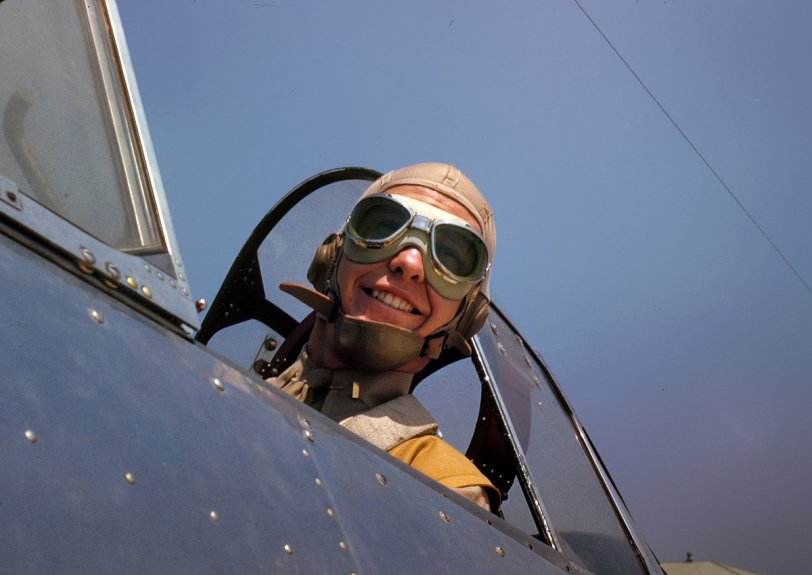
May 1942. Parris Island, South Carolina. "Marine lieutenant glider pilot in training at Page Field." A smilier version of the airman seen here. 35mm Kodachrome transparency by Alfred Palmer, Office of War Information. View full size.
An obscure chapter of Parris Island history
The BT-13 has a triangular window aft of the rear canopy; this one doesn't. Compare to this BT-13 http://ww2db.com/image.php?image_id=3768
The picture is probably an SNJ (Navy/Marines version of North American AT-6). Here's a whole string of photos from that time and place including the same guy http://www.flickr.com/photos/library_of_congress/2179093655/in/set-72157...
The Marine Corps Glider Group 71 was an unusual experiment for the Marines. After watching the Germans take Holland in 1940 with gliders, the Marines thought some catching up was in order, so they set up a glider training group at Parris Island in 1942. After a year, it was shut down when they realized it would not be effective in the Pacific theatre against the Japanese. Today Page Field is thick with vegetation and no longer has aircraft, but is used as a training ground for Marine recruits. Each Marine must pass a greuling multi-day combat trial at Page Field known as "The Crucible" in order to become a US Marine.





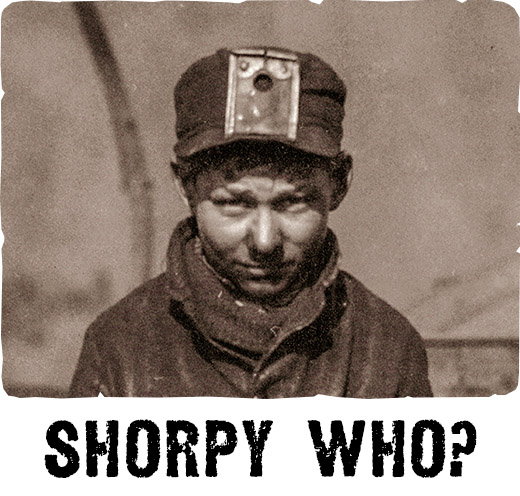
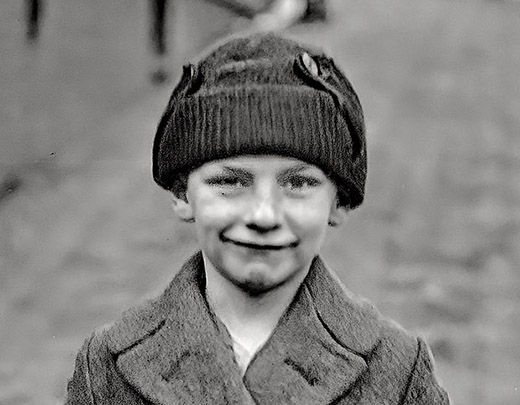
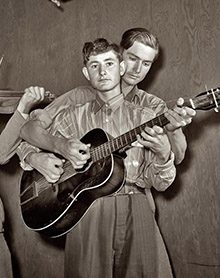
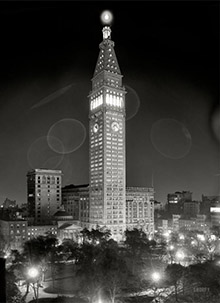
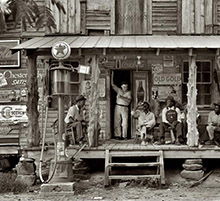
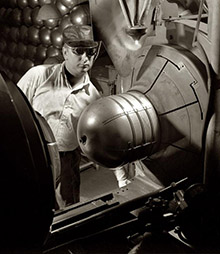
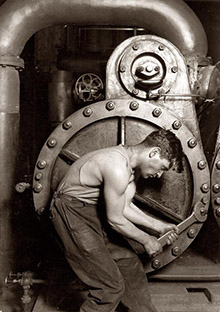
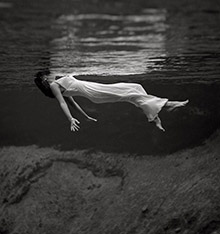
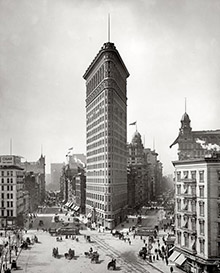
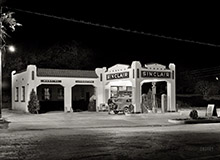
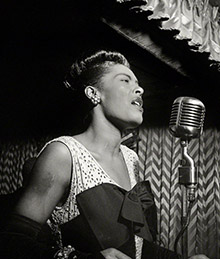
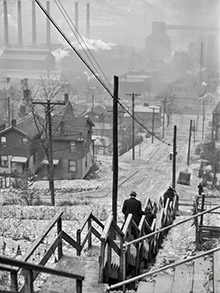
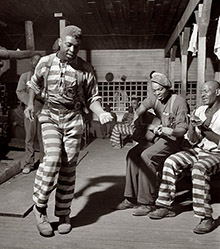
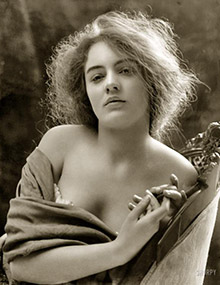
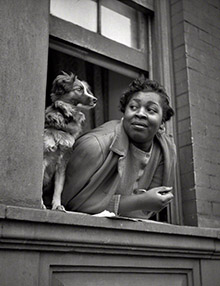
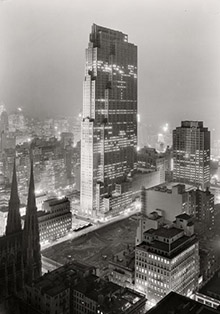
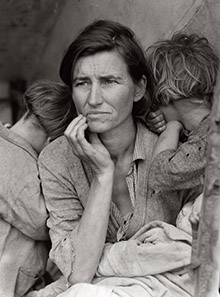
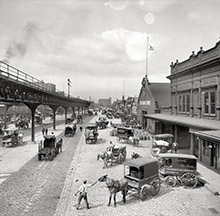
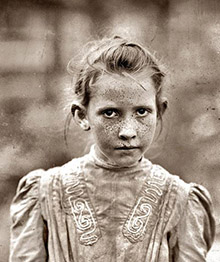
On Shorpy:
Today’s Top 5